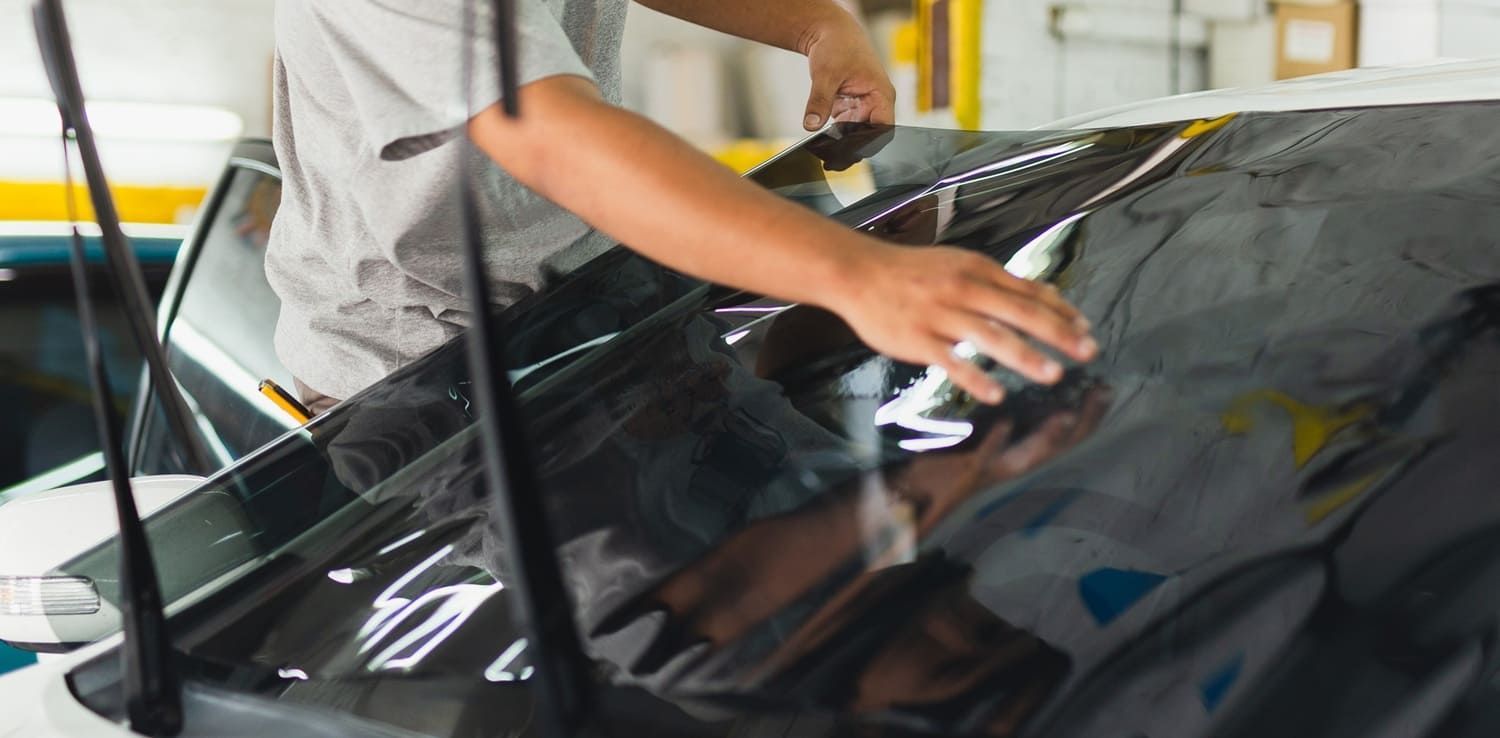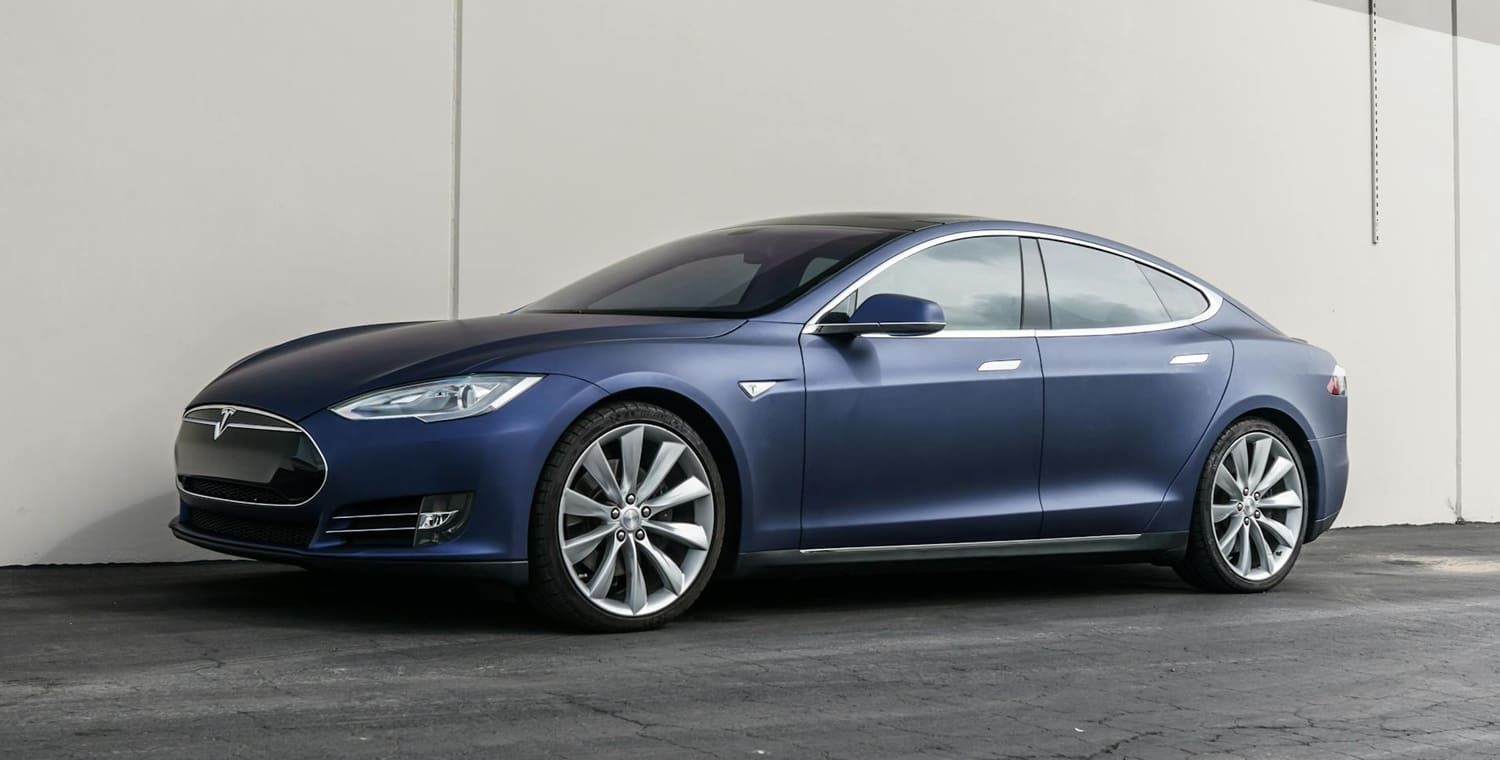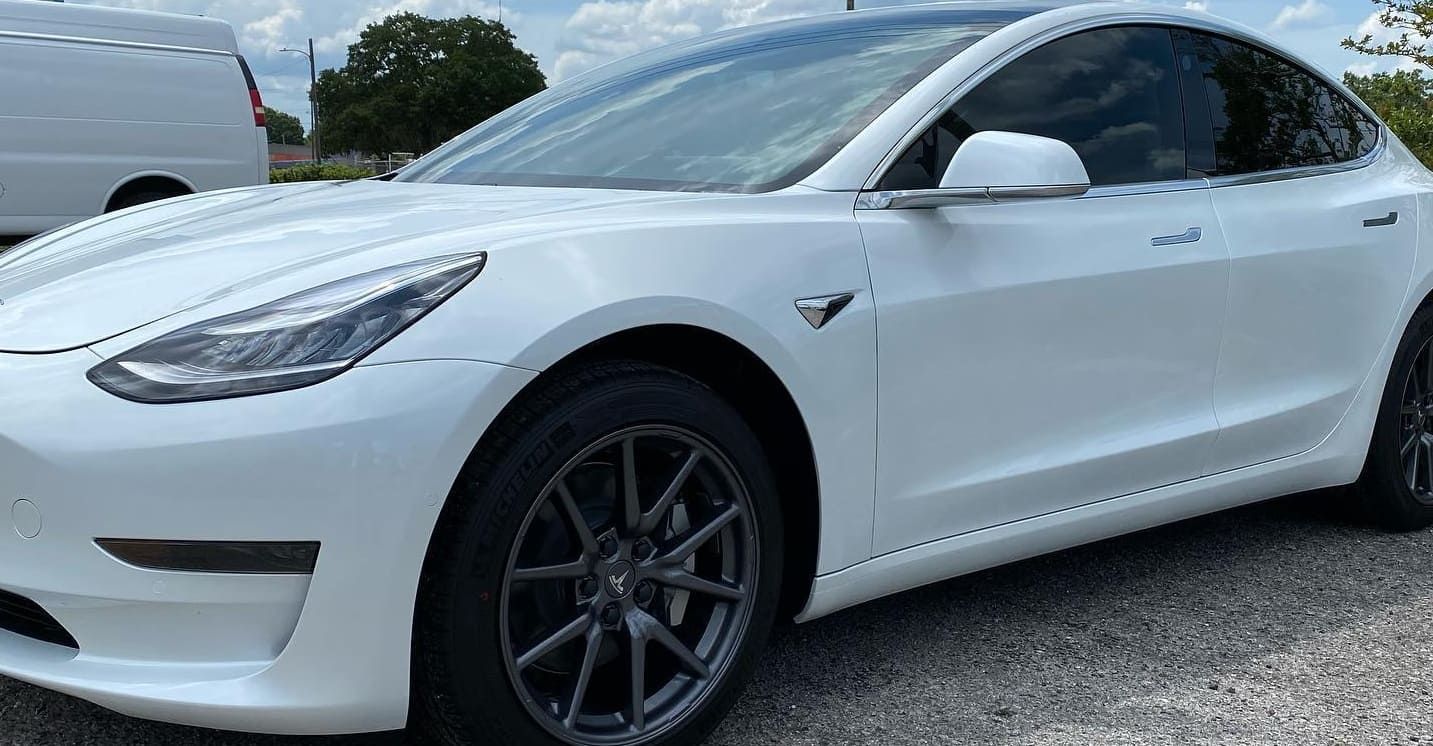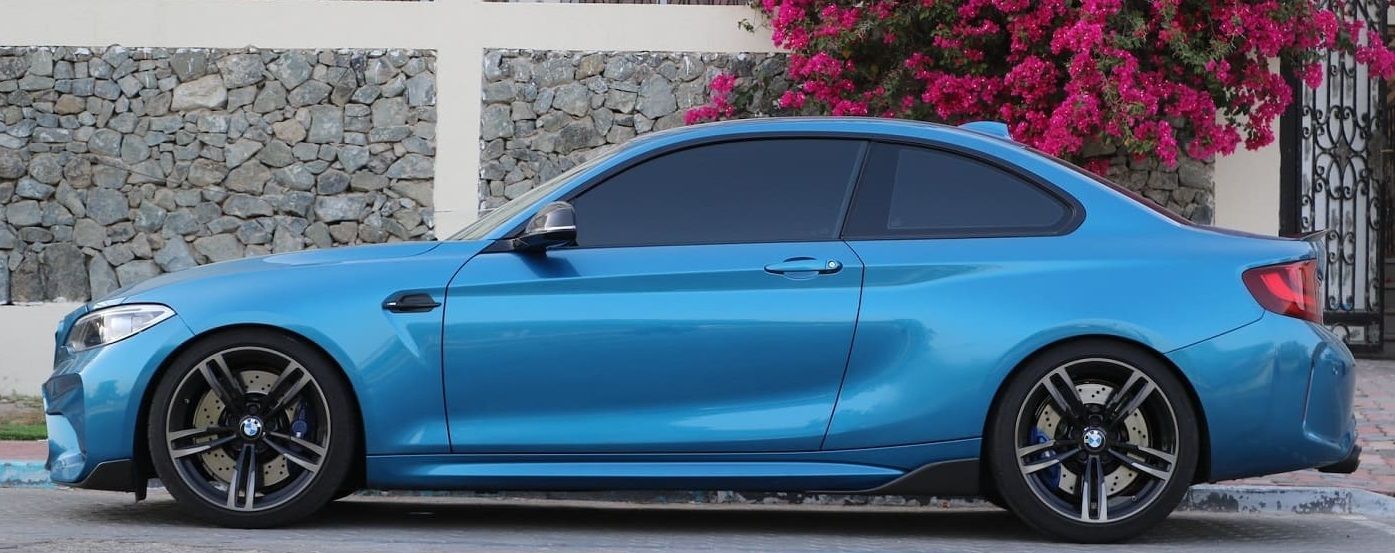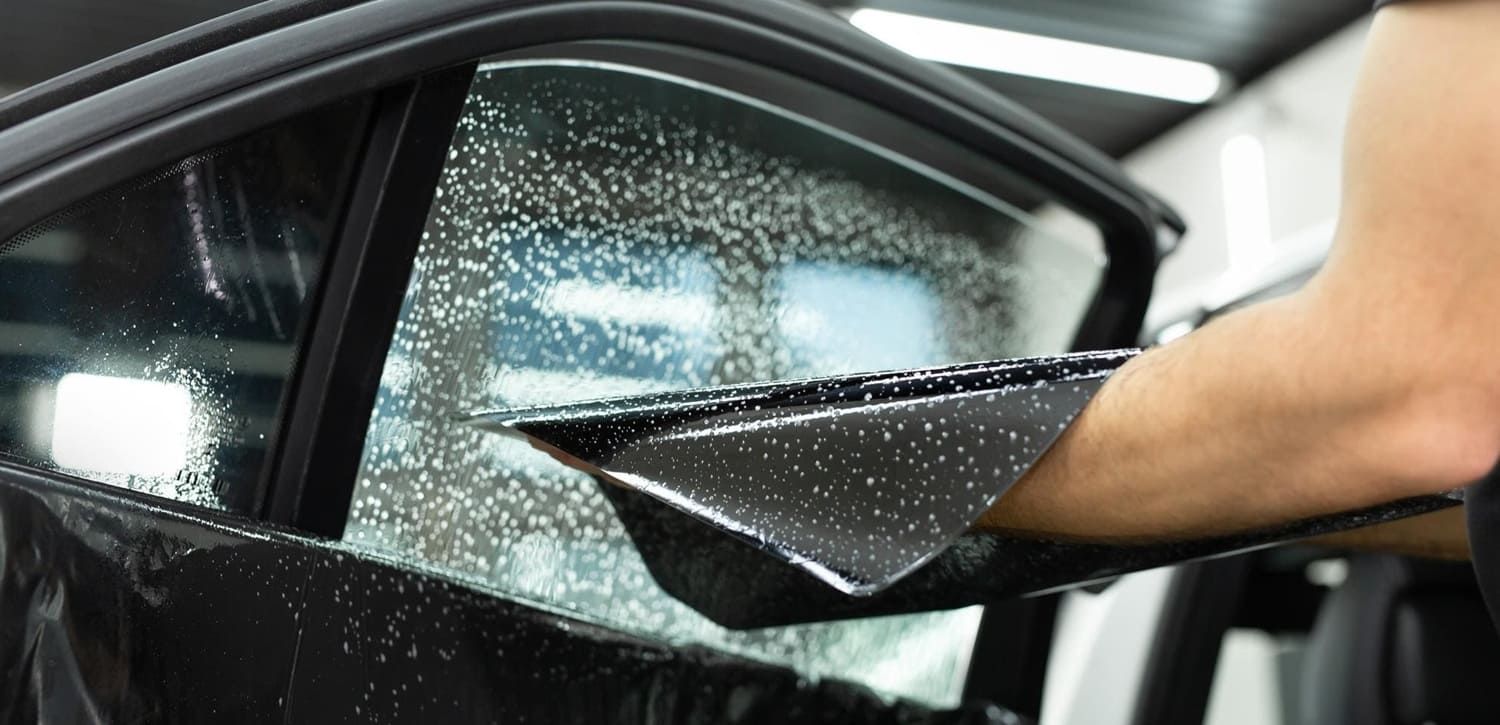How Dark Should You Tint Your Car Windows? A Comprehensive Guide
Car window tinting has become increasingly popular among vehicle owners for its ability to enhance privacy, reduce glare, and protect against harmful UV rays. However, understanding the appropriate level of darkness for your car windows can be a bit tricky, especially with varying laws and regulations across different states. This comprehensive guide will help you understand how dark you should tint your car windows, taking into account legal requirements and personal preferences.

Understanding Window Tint Percentages
Window tint percentage refers to the amount of visible light that can pass through the window film and glass. For example, a 50% window tint allows 50% of visible light to pass through, while a 5% tint—often referred to as "limo tint"—is very dark, allowing only 5% of light to penetrate.
Common Window Tint Percentages
- 5% Tint: Known as limo tint, this is the darkest option and is illegal in many states for front windows. It's commonly used on rear windows for maximum privacy.
- 20% Tint: This level of tint is darker and can provide a good amount of privacy. It's often used on rear and side windows.
- 35% Tint: A balance between visibility and privacy, 35% tint allows more light to pass through, offering a sleek look while still providing some privacy.
- 50% Tint: This tint is lighter and reduces glare and heat but does not offer as much privacy. It's a good option for those who want UV protection without making windows too dark.
- 70% Tint: This is the lightest tint and is primarily used for UV protection and glare reduction without significantly changing the appearance of the car windows.
Legal Considerations: Florida Car Window Tint Laws
Before deciding on a tint percentage, it's crucial to familiarize yourself with the window tint laws in your state, as these can greatly influence your decision.
Florida Window Tint Laws
In Florida, the laws regarding window tinting are quite specific:
- Windshield: Non-reflective tint is allowed above the manufacturer's AS-1 line.
- Front Side Windows: Must allow more than 28% of light in.
- Back Side Windows: Must allow more than 15% of light in.
- Rear Window: Must allow more than 15% of light in.
It's important to note that these percentages refer to the amount of visible light transmission (VLT) allowed through the film and glass combined. Violation of these laws can result in fines and the requirement to remove the illegal tint.
Why Consider Legal Limits?
Adhering to legal limits is not only a matter of avoiding fines but also ensuring safety. Tints that are too dark can impair visibility, especially at night, increasing the risk of accidents. Legal limits are set to balance privacy and safety for all road users.
Factors to Consider When Choosing Tint Darkness
Personal Preferences and Needs
When choosing how dark to tint your windows, consider your specific needs:
- Privacy: If privacy is a top priority, you may opt for a darker tint, keeping legal limits in mind.
- Aesthetics: The appearance of your car can be significantly altered by the tint. Some prefer a darker look for style, while others may prefer a lighter tint for a more subtle appearance.
- Climate: In sunnier climates like Florida, a darker tint can help reduce heat inside the car, making it more comfortable during hot months.
Vehicle Use
Consider how you use your vehicle:
- Daily Commutes: If you often drive at night or in areas with poor lighting, a lighter tint might be safer for clear visibility.
- Family Car: If the car is used by multiple family members, their preferences and comfort should also be considered.
Health Benefits
Window tints can block up to 99% of harmful UV rays, offering protection against skin damage and reducing glare.
Even a light tint can significantly improve comfort and safety by reducing eye strain and the risk of UV exposure.

Professional Installation vs. DIY
Once you've decided on the tint percentage, you'll need to choose between professional installation or a DIY approach.
Professional Installation
- Pros: Professional installers have the experience and tools necessary to apply the tint smoothly and evenly. They are also knowledgeable about local laws and can ensure compliance.
- Cons: This option is more expensive due to labor costs.
DIY Approach
Pros: Tinting kits are available for purchase and are less costly than professional installation. This can be a rewarding project for those who enjoy hands-on work.
Cons: DIY tinting can be challenging without the right tools and experience, often resulting in bubbles or peeling over time.
Conclusion
Choosing the right level of darkness for your car windows involves balancing legal requirements, personal preferences, and practical needs. By understanding window tint percentages and considering factors like privacy, aesthetics, and climate, you can make an informed decision that enhances your driving experience while staying within legal boundaries.
At Leo’s Touch Window Tinting in Tampa, FL, we’re here to help you select the perfect tint for your needs. Contact us for a free estimate and let our professional team guide you in choosing a tint that complements your lifestyle.
Remember, a well-chosen window tint not only enhances your car's appearance but also offers significant benefits in terms of comfort, privacy, and protection.
